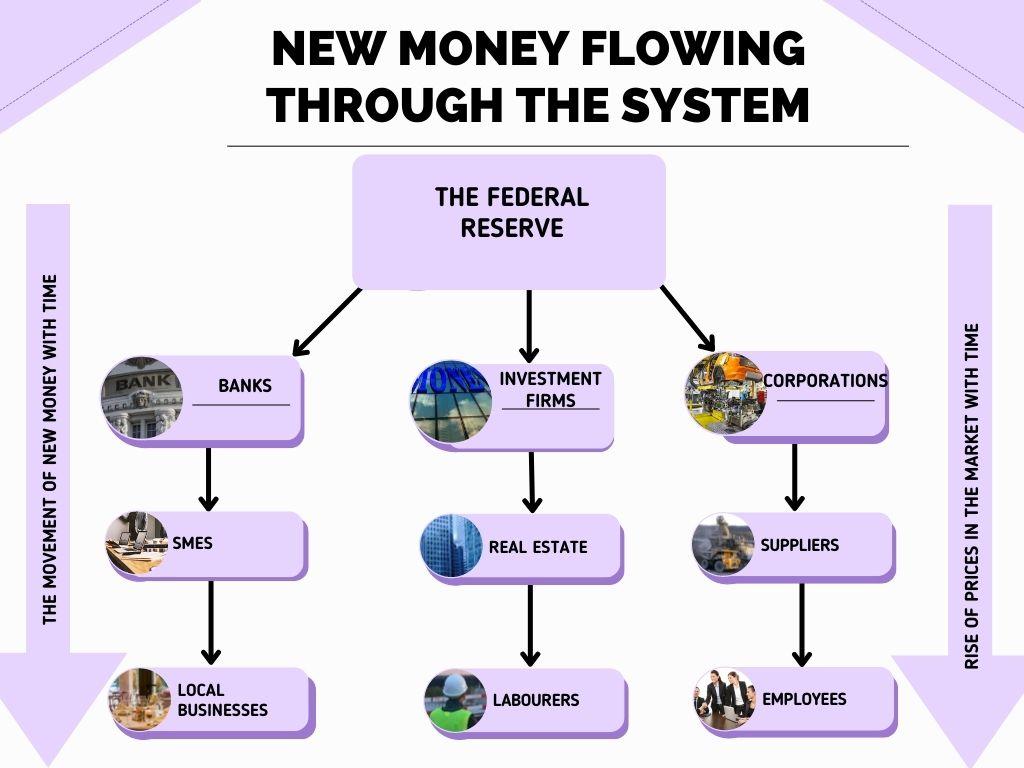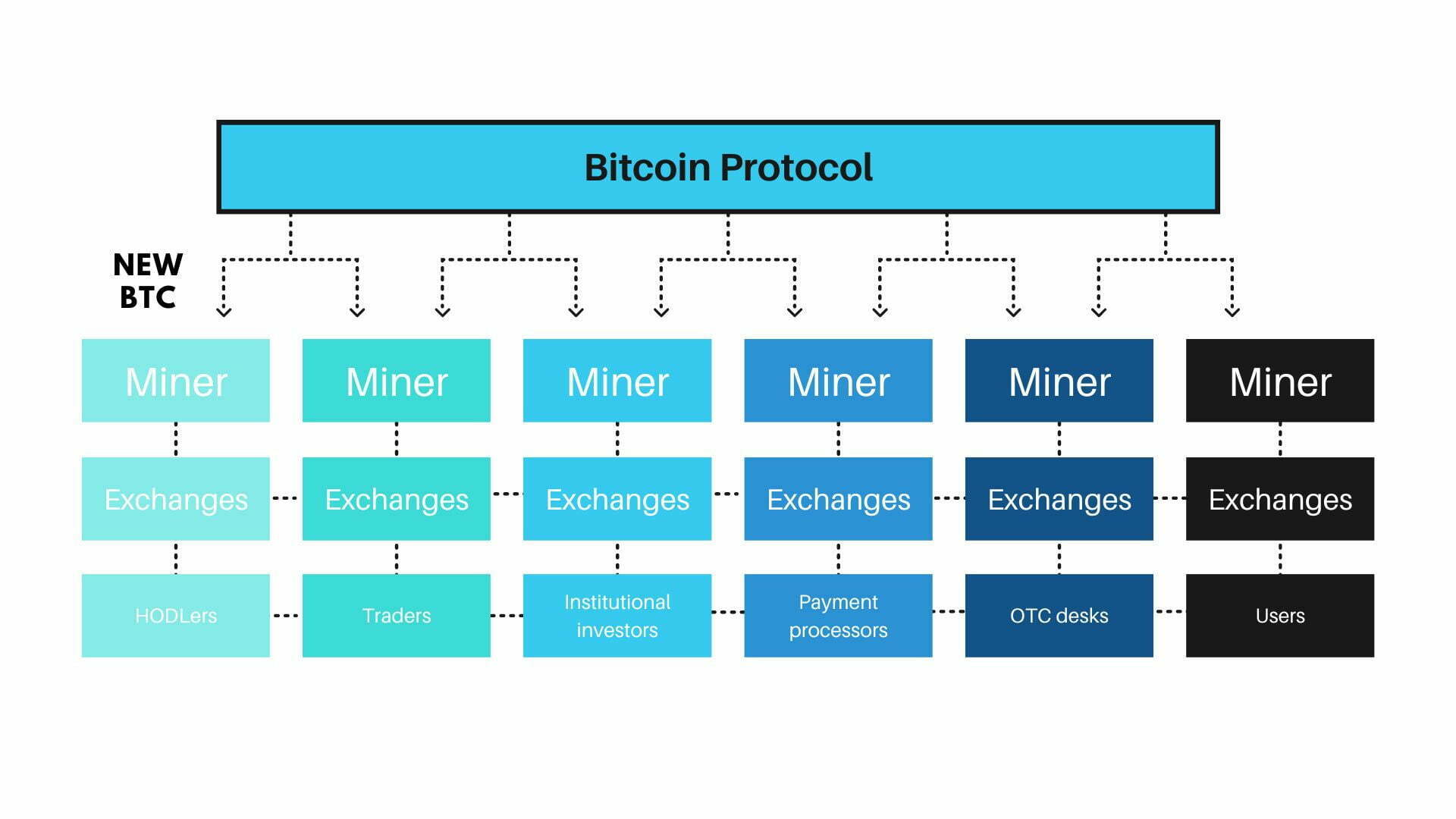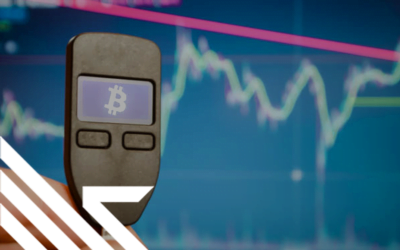Around 1730 the French Irish economist Richard Cantillon wrote ‘An Essay on Economic Theory’. This text was published after his death and translated into English in 1932.
The essay describes and analyses an economy that was based on feudalism and relied primarily on horses for the transportation of goods and people across the land. However, most of the economic theories it advances are still relevant today as they were then. Indeed, the essay is still counted as one of the most profound guides on the subject of economy and finance.
The uneven impact of newly released money
One of the areas of the economy Richard Cantillon covers comprehensively in the essay is the circulation of money. In particular, how the injection of new currency drives up prices of goods and services.
In his time, new money came into an economy through favorable international trade, where the economy exported more than it imported, migration into the economy by high net worth individuals, and the discovery of new gold and silver mines.
In each of these cases, however, he observed that while the new money increases the prices of goods and services, that does not happen in an even way. In particular, some stakeholders in the economy get the new money earlier than others.
Most importantly, those who get the newly created money first have an economic advantage. They can buy items and assets before the prices go up. Meanwhile, those who get it last can only spend it after the prices have gone up.
This phenomenon is what later economists and scholars gave the name Cantillon Effect in recognition of Richard Cantillon, who described it first.
The Cantillon Effect and modern economies
It is important to point out that while the Cantillon Effect was an issue in the 18th century, it is more likely to be triggered in modern economies, mostly based on Keynesian principles.
When Richard Cantillon wrote his essay, the currency systems of most economies were based on precious metals, particularly gold and silver. Owing to the rarity of these precious metals, it was not common to have significant amounts of new currency units injected into the economy in one go.
With the shift to Keynesian economics, the volume of currencies is not limited by anything beyond the government’s monetary policy. Whenever those in charge of guiding the economy are faced with a slow economy, high-interest rates, or a public debt crisis, they increase the money supply, also known as Quantitative Easing (QE). The supply is increased through printing more physical bank bills and issuing credit through the banking system.
The money has to go through a distribution channel, starting from the central bank, such as the US Federal Reserve, into investment and commercial banks and major corporations. The average person on the street is usually the last to get it.

As a result, those near the ‘printer’ will get the funds before prices of commodities, services, and assets go up. Those further away will deal with the high prices before they even get the money. This creates a scenario where some people have more purchasing power in their money than others in the same economy.
For example, to protect the economy from the 2008 financial crisis, the US Congress passed the Emergency Economic Stabilization Act of 2008, which permitted the Treasury Department to create a $700 billion fund to buy shares in troubled banks and companies. This money was created and entered into circulation first through investment firms in the banking industry. Before the new supply of money could raise the prices of assets in the general market, the investment firms had a window that the rest of the players in the economy did not get.
The major problem that the Cantillon Effect causes is contributing to income inequality.
Solutions to the Cantillon Effect
During the Covid pandemic, the US government set up several funds to cushion the economy. Part of this was sending checks directly to families. Over $350 billion was set aside to help local governments and institutions deal with the pandemic.
United States Representative Rashida Tlaib has suggested that every American should be issued prepaid debit cards. If implemented, it could give the ordinary person access to new money simultaneously with major banks, investment firms, and corporate entities.
The suggested Central Bank Digital Currencies (CBDCs) around the world could also offer an opportunity to make money newly released neutral. That is because, through this technology, every citizen can get a wallet that can become the channel through which new currency units are released to the economy whenever the central bank needs to perform Quantitative Easing.
The Satoshi Effect
Today the solution to the problem that the Cantillon Effect causes can also be found outside the central banking system. Bitcoin is one such solution. The cryptocurrency is a deflationary currency designed to serve a global economy.
It is important to point out that, as in the central banking system, some people first get access to the newly released bitcoins. These people are known as miners, and the coins are issued to them as a reward for the computing and energy resources they provide to the Bitcoin network.

With that stated, there are a few features that make Bitcoin a solution to this problem:
1. The emission rate is known beforehand by all stakeholders
All stakeholders understand that a specific number of new bitcoins are released every ten minutes. This amount halves every four years. The protocol regarding this cannot be arbitrarily changed ever.
2. There is a cap on the number of coins that will ever be released
Bitcoin is a deflationary currency with a cap of 21 million. This means there is no room to increase the volume of currency in the market. Nevertheless, each bitcoin is divisible up to eight decimal places, creating 100 million units per bitcoin.
3. It is easier for everyone to seek to be part of the miners
The mining process through which new coins are released into circulation is open to the public. Anyone with the necessary hardware and source of energy can participate in maintaining the shared ledger and, as a result, earn the newly released coins.
4. Coin issuance is a global activity
The Bitcoin network is decentralized and spread across the globe. That means the newly issued coins can be released anywhere on the globe; therefore, the impact on specific economies can be minimal.
While CBDC could help make money more neutral when it is released to the market, the lack of cap could not make it as effective as Bitcoin and other cryptocurrencies in this aspect.
The nature of Bitcoin and other cryptocurrencies could make money neutral without the element of inflation.
Image courtesy of Pixabay.




